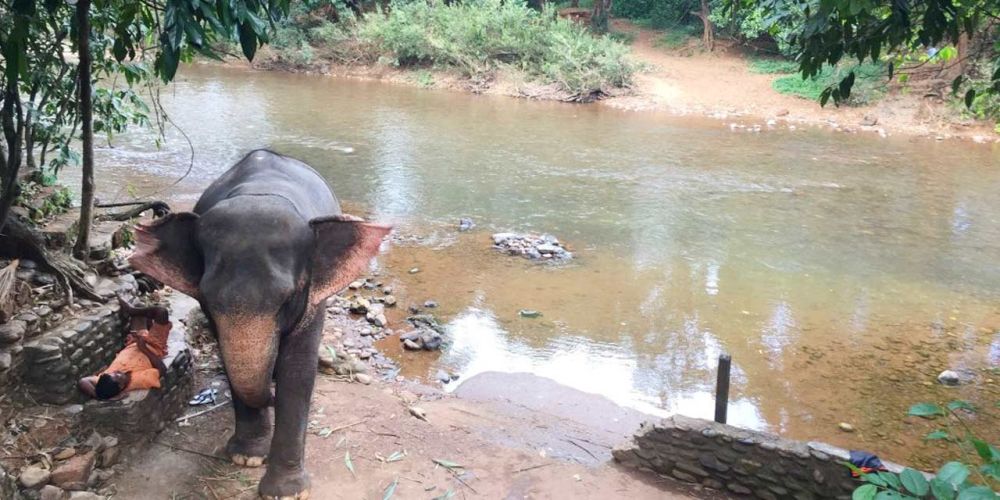

The Bhagwan Mahavir Wildlife Sanctuary, sprawled over 240 square kilometers, is the largest wildlife preserve in Goa. It is a part of the Western Ghats, which is a biodiversity hotspot and has been internationally recognized for its rich flora and fauna. The sanctuary is located near the town of Molem, about 57 kilometers away from the state capital, Panaji.
The history of tourism at Bhagwan Mahavir Wildlife Sanctuary dates back to when Goa was still under Portuguese rule. Initially known for its dense forests and spice plantations, the area was declared a wildlife sanctuary in 1969 after the end of Portuguese control in 1961. The declaration aimed at protecting the unique environment and diverse species found here, including the Bengal tiger, leopards, and the Indian bison or gaur.
In the years following its designation as a wildlife sanctuary, the region has become an increasingly popular destination for eco-tourists and nature enthusiasts. The addition of the Dudhsagar Falls, a spectacular four-tiered waterfall which is among the tallest in India, has further boosted the sanctuary's appeal. In 1978, an area of 107 square kilometers was further carved out of the sanctuary to form the Mollem National Park.
Over the years, the sanctuary has evolved as a prime location for wildlife safarist, bird watching, and hiking. It contributes significantly to Goa's tourism which is often associated with beaches and nightlife, by offering a refreshing escape to nature.
More recently, the tourism trend in Bhagwan Mahavir Wildlife Sanctuary has seen a shift towards sustainable and responsible tourism practices. There is a growing awareness among tourists and operators regarding the impact of tourism on the environment and local communities.
In conclusion, Bhagwan Mahavir Wildlife Sanctuary has a rich history in environmental conservation and tourism. It's a testimony to how sanctuaries can operate as places of natural heritage and education while promoting tourism that is both responsible and fulfilling. As visitor preferences continue to evolve, the sanctuary is adapting to offer experiences that cater to a diverse range of interests, all the while maintaining its commitment to preserving the exceptional environment that makes it a jewel in Goa's crown.